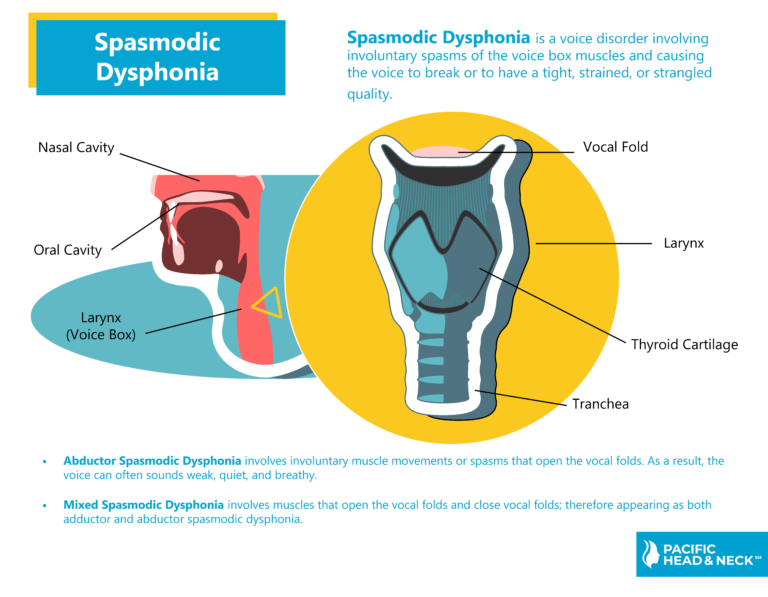The Hidden Struggle: Kennedy Family Spasmodic Dysphonia
The Kennedy family has long been a symbol of American politics, philanthropy, and resilience. However, behind the public facade lies a struggle that many may not be aware of: spasmodic dysphonia. This voice disorder impacts the way individuals communicate, often leading to challenges that go beyond mere speech difficulties. For the Kennedy family, which has faced its fair share of public scrutiny and personal trials, spasmodic dysphonia adds another layer to their complex narrative.
Spasmodic dysphonia is a neurological condition that affects the muscle control of the larynx, resulting in interruptions in vocal cord function. It can manifest in various ways, causing the voice to sound strained, breathy, or even completely hoarse. The Kennedy family, known for their contributions to society and politics, has not been immune to this condition. Understanding their experiences with spasmodic dysphonia offers insight into the personal challenges they face, often hidden from the public eye.
Despite their prominent status, members of the Kennedy family have had to navigate the implications of spasmodic dysphonia, showing that even those in the limelight are not exempt from health issues. As we delve deeper into the lives of those affected, we uncover the ways in which they have coped with this condition, the impact on their personal and professional lives, and the broader implications for awareness and understanding of spasmodic dysphonia.
- Who Is Anderson Cooper Seeing
- Taurus And Aries In Bed
- Married At First Sight Philadelphia
- The Cleaning Lady Arman Death
- Why Was Family Guy Canceled
What is Spasmodic Dysphonia?
Spasmodic dysphonia is a focal dystonia that primarily impacts the voice. It occurs when the muscles of the larynx involuntarily contract, leading to disruptions in speech. There are two main types: adductor spasmodic dysphonia, which causes the vocal cords to tighten, and abductor spasmodic dysphonia, which leads to the vocal cords not closing properly. This condition can be incredibly frustrating for those affected, as it can hinder effective communication and social interaction.
How Does Spasmodic Dysphonia Affect the Kennedy Family?
The Kennedy family has experienced the effects of spasmodic dysphonia, particularly in the context of their public engagements and political careers. As individuals who have often been in the public eye, the challenges of this voice disorder can be magnified. Some family members have spoken about their experiences with the condition, revealing how it has shaped their interactions and the way they present themselves to the world.
Who in the Kennedy Family Has Been Affected?
While specific details about which family members have experienced spasmodic dysphonia may not be widely publicized, it is known that several have faced challenges with their voice. This can include public speakers, politicians, and advocates who rely heavily on their vocal abilities to convey messages and connect with audiences.
- What Season Does Bobby Die
- What Happened In The Roswell Incident
- That Is 70s Show
- Couple Left Baby On Boat
- Capricorn And Scorpio Compatible
What Are the Symptoms of Spasmodic Dysphonia?
Symptoms of spasmodic dysphonia can vary widely among individuals, but common signs include:
- Strained or strangled voice quality
- Breathiness or hoarseness
- Inconsistent voice volume
- Difficulty initiating speech
Understanding these symptoms is crucial for recognizing the condition, particularly in public figures like the Kennedys who may experience added pressure to perform vocally.
What Treatment Options Are Available for Spasmodic Dysphonia?
Treatment for spasmodic dysphonia often involves a combination of approaches, including:
- Botulinum toxin injections, which can help relax the affected muscles
- Voice therapy with a speech-language pathologist to improve communication abilities
- Medications to manage symptoms
- Surgery in severe cases to alter vocal cord function
Members of the Kennedy family who have faced this condition may have explored one or more of these treatment avenues to manage their symptoms and maintain their vocal abilities.
How Can We Raise Awareness About Spasmodic Dysphonia?
Raising awareness about spasmodic dysphonia is crucial for fostering understanding and support for those affected. This includes:
- Educational campaigns to inform the public about the condition
- Encouraging open discussions about voice disorders
- Promoting advocacy efforts to support research and treatment options
By sharing the experiences of the Kennedy family and others, we can contribute to a greater understanding of spasmodic dysphonia and its impact on individuals' lives.
What Role Does the Kennedy Family Play in Advocacy?
The Kennedy family has a long history of advocacy and public service, often championing causes that resonate with their own experiences. Their involvement can extend to health-related issues, including conditions like spasmodic dysphonia. By using their platform to raise awareness, they can help destigmatize voice disorders and encourage others to seek help.
Conclusion: The Impact of Spasmodic Dysphonia on the Kennedy Family
Spasmodic dysphonia is a condition that can profoundly affect communication and quality of life. The Kennedy family's experiences with this disorder highlight the importance of understanding and support for individuals facing similar challenges. As we continue to learn more about spasmodic dysphonia, it is essential to recognize the resilience and strength of those affected, including the Kennedy family, who navigate the complexities of this condition while maintaining their public personas.
Article Recommendations
- The Monsters Eric And Lyle
- Good Lightweight Vacuum Cleaners
- Howie Mandel Obsessive Compulsive Disorder
- Tyla Place Of Birth
- Kelly And Kenny From Love Is Blind



Detail Author:
- Name : Florence Emard
- Username : mwaters
- Email : elza.feest@gmail.com
- Birthdate : 1999-11-02
- Address : 260 Hillary Valleys Suite 092 New Darrellfurt, OH 50922
- Phone : 325-575-7170
- Company : Casper-Bayer
- Job : Financial Manager
- Bio : Ut voluptatem voluptatem quod quis. Qui atque expedita molestiae non ut et. Debitis deleniti qui ut asperiores.
Socials
facebook:
- url : https://facebook.com/alicia6054
- username : alicia6054
- bio : Atque quae ut expedita aliquid autem est aut natus.
- followers : 2096
- following : 556
instagram:
- url : https://instagram.com/abeatty
- username : abeatty
- bio : Quae dicta et rem et illo. Iste qui quasi est non. Quis tempora rem aut delectus fugiat non qui.
- followers : 5947
- following : 1698
twitter:
- url : https://twitter.com/beattya
- username : beattya
- bio : At quidem sit iusto. Sit quod minima et dolores officiis.
- followers : 1771
- following : 2931